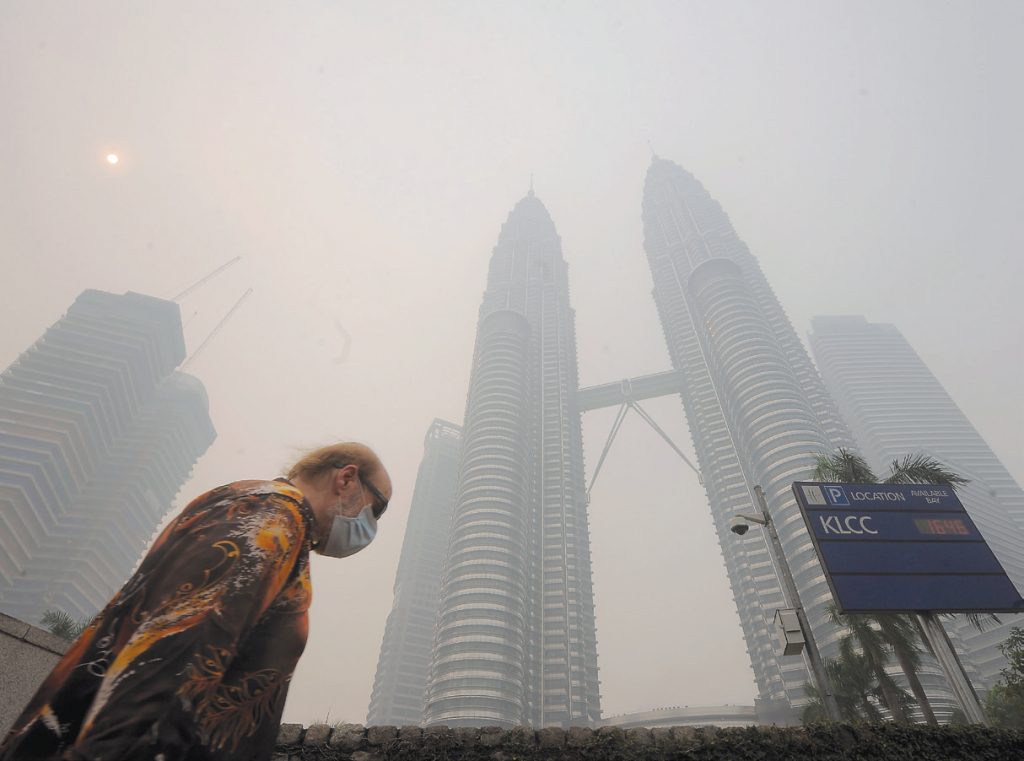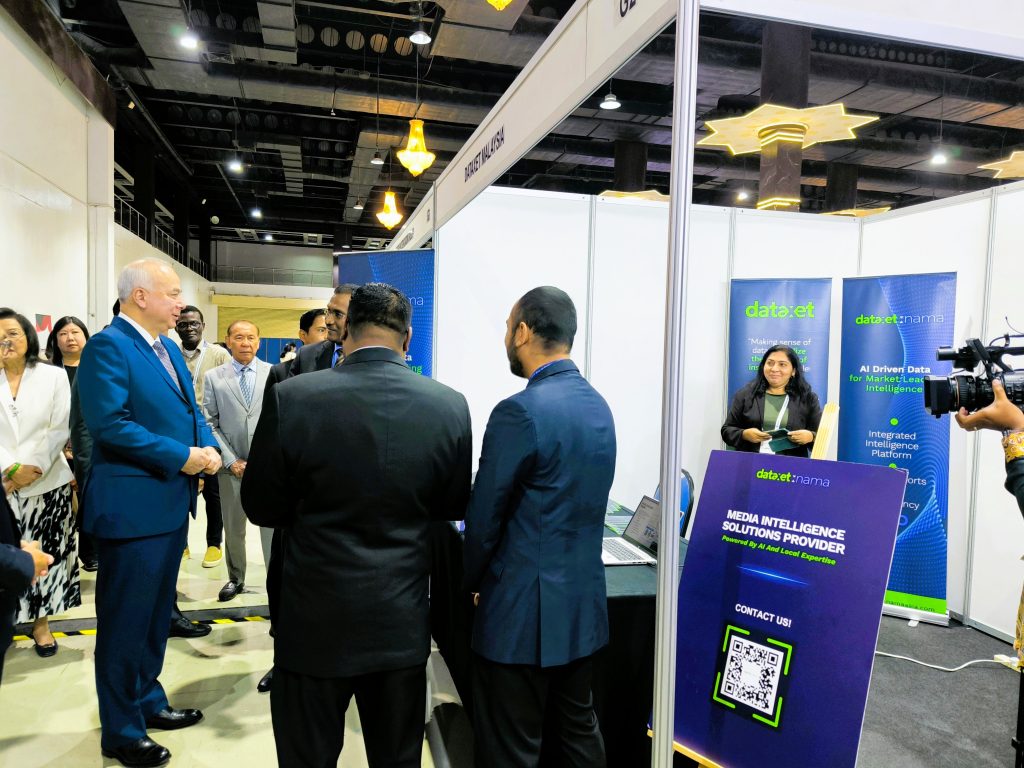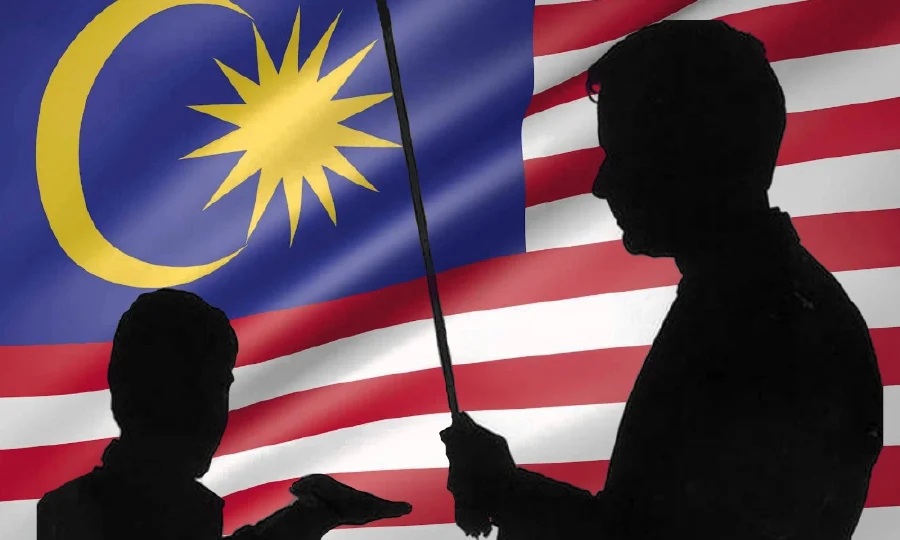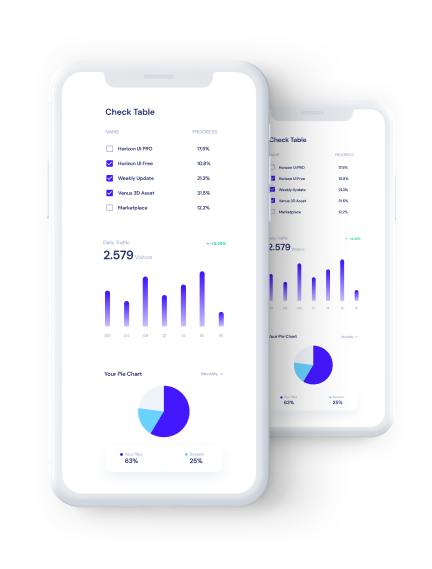The ongoing haze crisis in July 2025, sparked by forest fires in Sumatra, Indonesia, triggered a wave of social media discussions across Malaysia. Between 18 and 22 July, over 587 unique mentions and 7,829 total engagements were recorded, a surge fuelled by health anxieties, diplomatic frustrations, and growing scepticism about government preparedness.
From environmental challenges like the Malaysia haze crisis 2025 to human-interest stories such as the Mother’s Day tragedy in Gerik, our coverage brings you timely insights. Visit our news page for more articles and updates.
 Timeline of Public Reactions
Timeline of Public Reactions
Engagements peaked dramatically on 19 July 2025, with 154,942 recorded interactions across platforms. This spike coincided with warnings from MetMalaysia about 79 hotspots in Sumatra, with haze spreading across the west coast of Peninsular Malaysia. Alarm bells were sounded when MetMalaysia confirmed that the haze had reached west coast locations such as Seremban, Port Dickson, and Nilai, where these locations experienced high levels of pollution during the crisis.
The haze discourse moved fast and faded quickly. While engagement dropped to 102,310 on 20 July and plummeted to just 1,712 by 22 July, the sharpness of the public’s initial reaction was telling.
 Where Did the Conversation Happen?
Where Did the Conversation Happen?
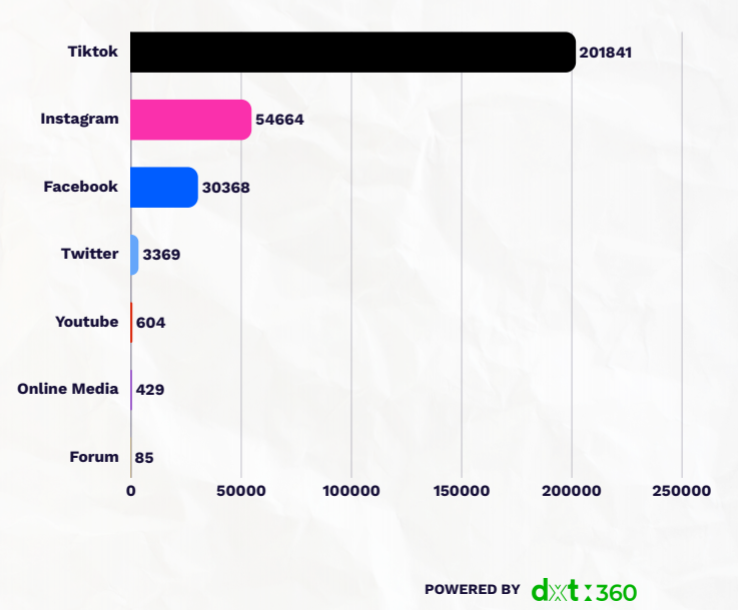
Facebook, TikTok, and Instagram led the discourse.TikTok (201,841 engagements) emerged as the epicentre for parody, sarcasm, and visual commentary, with short videos showing thick skies and “Konoha” memes going viral.Facebook was the platform of debate — home to complaints, community warnings, and finger-pointing.Instagram and Reddit also contributed, albeit at lower volumes, with Reddit surfacing more analytical takes and references to regional frameworks like ASEAN.
 Key Topics That Drove the Conversation
Key Topics That Drove the Conversation
1. BLAMING INDONESIA (35%)
This theme reflected the strongest sentiment of the crisis. Many Malaysians placed direct blame on Indonesia for allowing agricultural burning to continue unchecked. Words like “ladang “ and “terbakar” (burning plantations), “Sumatera”, and “Indon” dominated the narrative. The sarcastic term “Konoha” referencing a fog-covered ninja village from the anime Naruto trended widely, serving as a metaphor for how Malaysia now resembled a land shrouded in smoke.
What stung most was Indonesia’s perceived lack of accountability. Some netizens joked that Indonesia was quick to claim national dishes, cultures, and celebrities but not the haze. The emotional undertone here was exhaustion. Malaysians have been through this cycle before, and this time, many felt the line between neighbours had become smudged with smoke and blame.
2. HEALTH & ENVIRONMENTAL CONCERNS (20%)
Beyond the jokes lay genuine fear. Many netizens posted about headaches, respiratory discomfort, and poor visibility on the roads. Photos of air purifiers, API readings, and children wearing masks filled feeds. Areas like Nilai, Seremban, and Port Dickson were mentioned repeatedly as being hardest hit. Poor visibility was further worsened as sunlight interacts with these pollutants, intensifying haze conditions.
There were also calls for health-focused interventions like distributing masks, cloud seeding, and public awareness campaigns. Additionally, there is a need for reduction in emissions to improve air quality. The overarching worry wasn’t just air quality, it was the lack of assurance that someone was taking responsibility for their well-being. Elderly care, children’s health, and long-term respiratory damage emerged as growing concerns.
3. DISTRUST TOWARDS AUTHORITIES (20%)
While DOE eventually issued alerts, the public had already taken matters into their own hands tracking haze levels, comparing maps, and alerting each other. This delay in official action eroded trust further. DOE advisories urging citizens to “limit outdoor activity” were dismissed as performative, especially when the haze had already arrived days earlier.
Criticism extended to both Malaysian and Indonesian authorities. The National Haze Action Plan was labelled “reactive” and “dated”, with many questioning its actual efficacy. Netizens perceived the annual haze as a predictable crisis and yet saw no meaningful innovation or urgency in how the government addressed it.
4. CALLS FOR SCHOOL/WORK CLOSURE (15%)
As API readings entered “unhealthy” levels, public sentiment turned to protection. Many asked why schools remained open despite obvious health risks. There were heated comparisons with how the government had responded more swiftly to COVID-19 enforcing closures and safety protocols yet was slow to act on the haze.
Work-from-home calls also re-emerged, particularly for parents with young children. netizens questioned whether waiting for haze to worsen before acting was a reflection of poor crisis management. In this theme, the haze symbolised a wider disconnect between policy and lived experience.
5. DEMAND FOR REGIONAL COOPERATION (10%)
The haze may begin abroad, but its consequences are regional. Many netizens expressed frustration that ASEAN cooperation appeared toothless. While Malaysia referred to the ASEAN Coordinating Centre for Transboundary Haze Pollution, netizens argued that its impact was negligible. They called for stricter enforcement, binding agreements, and cross-border sanctions — anything more than vague “cooperation” talks.
There was a broader sentiment that if regional diplomacy couldn’t protect the air Malaysians breathed, then it was diplomacy in name only.
 Word Cloud Analysis
Word Cloud Analysis
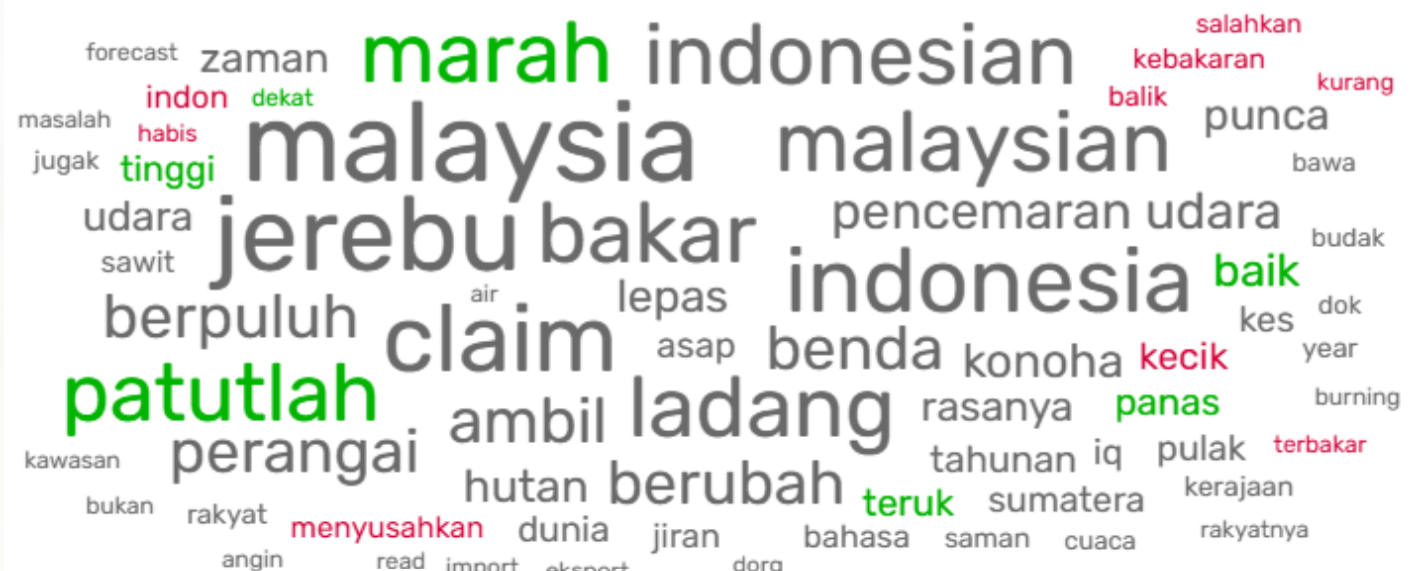
This word cloud captured the emotional undercurrent of the 2025 haze crisis. While “Malaysia” and “Indonesia” were unsurprisingly prominent, the surrounding terms revealed far more layered frustrations.
1. Accountability and Regional Friction
The most prominent terms — Malaysia, Indonesia, Indonesian, and Malaysian — underscored the transboundary nature of the haze debate. Keywords such as indon (a colloquial, often pejorative term), ladang (plantation), kebakaran (fire), bakar/terbakar (burn/burnt), and Sumatera pointed to open burning in Indonesia as the primary punca (cause) of the pollution.
Terms like claim and salahkan (blame) revealed an ongoing narrative of mutual finger-pointing. Words such as jiran (neighbour), perangai (attitude), and ambil (take) highlighted the growing resentment between neighbouring countries — particularly over Indonesia’s perceived eagerness to “claim” cultural heritage, while remaining silent on environmental accountability.
This vocabulary reflected more than diplomatic disappointment. It illustrated deepening regional friction and a growing belief among Malaysians that cross-border goodwill was not being reciprocated when it came to matters of health and safety.
2. Air Quality and Health Concerns
Keywords such as jerebu (haze), pencemaran udara (air pollution), asap (smoke), tinggi (high), and udara (air) signalled immediate concern over deteriorating environmental conditions. These were not abstract terms — they were rooted in everyday realities such as burning eyes, difficulty breathing, and poor visibility.
Mentions of teruk (severe), panas (hot), and masalah (problem) added emotional weight to the conversation. The inclusion of berpuluh (tens) hinted at scale — tens of alerts, tens of hours without clear skies, or tens of disrupted routines.
Terms like budak (child) and dok (doctor) revealed heightened concern for vulnerable groups — children, the elderly, and those with pre-existing health conditions. Many called for urgent action, not just advisories. For these individuals, the haze was not a distant or occasional nuisance — it was a direct threat to their wellbeing.
3. Emotional Temperature and Coping
The emotional tenor of the discourse was unmistakable. Words such as marah (angry) and patutlah (no wonder) reflected widespread frustration. But this frustration was often masked by sarcasm, with the term Konoha — a fictional mist-covered village from anime — repurposed to represent Malaysia under haze.
Other terms such as menyusahkan (troublesome), kecik (small — possibly referring to children or fine particulates), and habis (ruined) illustrated the disruption caused to daily life. The haze affected school runs, outdoor work, laundry, even one’s ability to breathe comfortably.
Humour emerged as a coping mechanism. But beneath the jokes was a deeper message: people felt abandoned, left to navigate a recurring crisis with little confidence in institutional response.
4. Cyclical Nature and Helplessness
Words such as zaman (era), tahun/tahunan (year/annual), berubah (change), and forecast revealed the sense that haze had become a predictable — and inescapable — part of Malaysian life.
Terms like kurang (less), balik (return), and lepas (after) reflected a quiet hope for change, but also a familiar resignation. For many, this was no longer a “crisis” in the traditional sense — it had become seasonal, expected, and frustratingly normalised.
This sense of helplessness was perhaps the most sobering takeaway from the word cloud. While some continued to call for reform and regional enforcement, others had simply stopped believing that anything would improve. The haze returned each year, and each year, Malaysians were left to endure it with diminishing optimism.
 Sentiment Breakdown
Sentiment Breakdown
Negative (70%): Frustration and blame dominated, with many accusing Indonesia of negligence and Malaysia of passivity.
Neutral (20%): Posts shared air quality data or highlighted recurring haze cycles without strong emotion.
Positive/Constructive (10%): Some offered solutions — from school closures to diplomatic reforms. Others used sarcasm and humour to cope.
 What Netizens Were Saying
What Netizens Were Saying
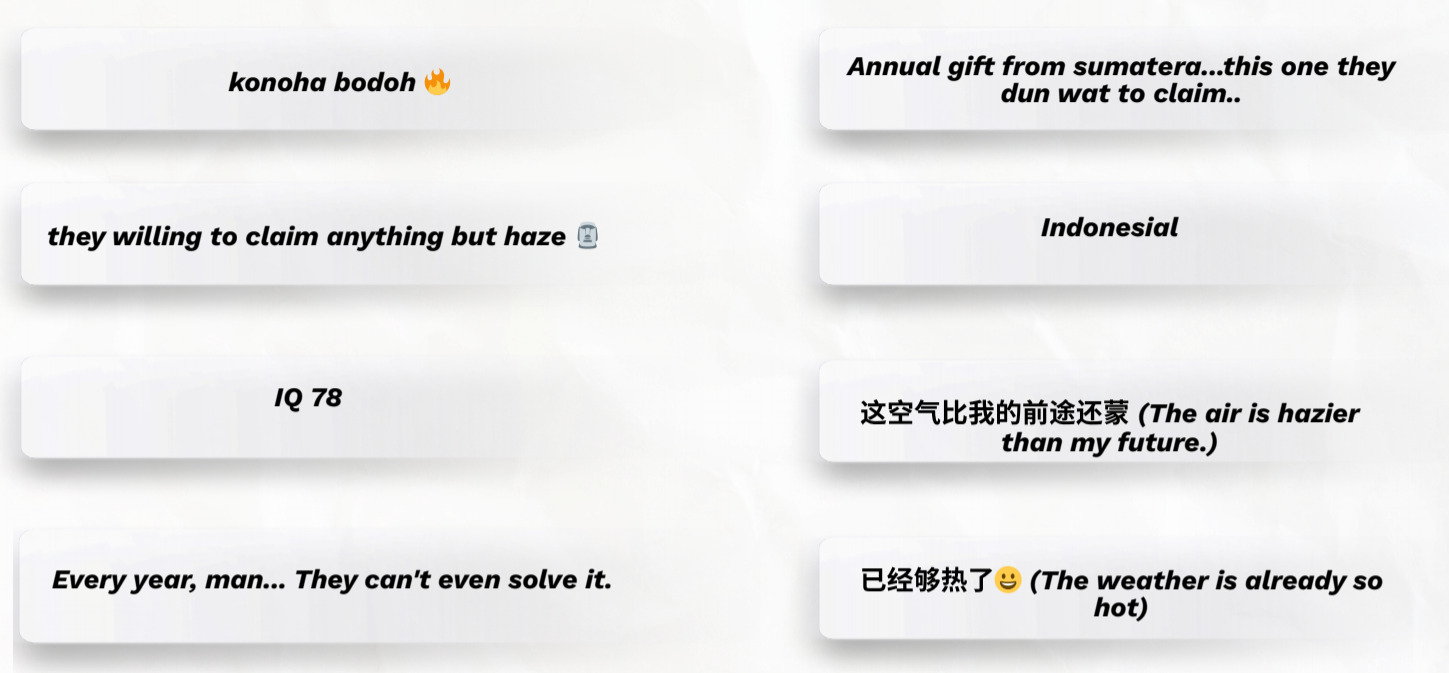
 Final Takeaways
Final Takeaways

In a digital-first world, lagging response equals lost trust.

The haze has become more than pollution; it’s a metaphor for regional tension, policy failure, and public disillusionment.

Malaysians don’t just want clean air. They want accountability, urgency, and assurance that next year’s sky won’t look the same.





